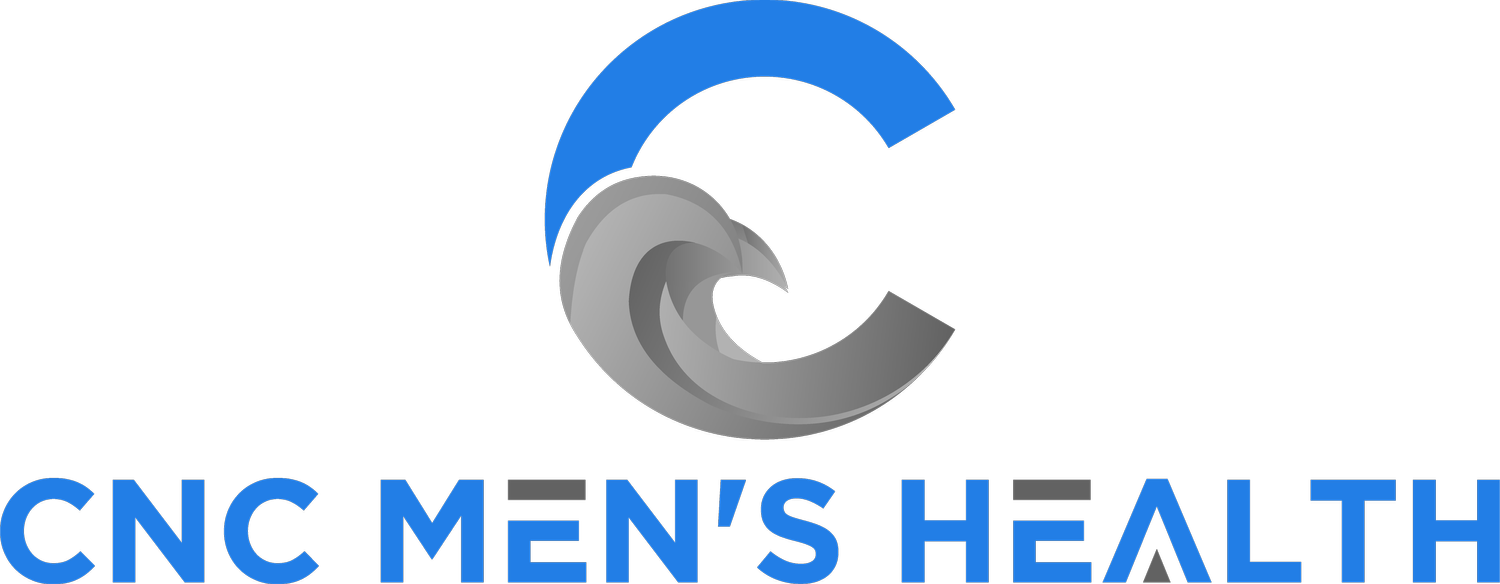Tackling Oily Skin and Acne: A Guide for Men on Testosterone Replacement Therapy
Introduction:
For men undergoing testosterone replacement therapy (TRT), managing oily skin and acne can be an unexpected challenge. Testosterone plays a crucial role in the development of male characteristics, but it can also affect the skin's oil production, leading to increased acne breakouts. However, by implementing a few simple steps into your skincare routine, you can effectively manage oily skin and acne while on TRT, allowing you to feel confident and comfortable in your own skin. In this blog post, we will explore the causes of oily skin and acne in men on TRT and provide practical tips for combating these issues.
Understanding the Connection:
Testosterone, a hormone primarily associated with male traits, influences the production of sebum, the oily substance secreted by our skin. An increase in testosterone levels during TRT can lead to an overproduction of sebum, resulting in oily skin and clogged pores. When combined with factors such as bacteria and dead skin cells, excess sebum can contribute to the development of acne.
Skincare Tips for Men on TRT:
Cleanse Your Skin Regularly:
Establish a daily skincare routine that includes gentle cleansing to remove excess oil, dirt, and impurities. Use a mild, non-comedogenic cleanser specifically formulated for oily or acne-prone skin. Avoid harsh scrubbing, as it can irritate the skin and worsen acne.
Moisturize Appropriately:
Many men mistakenly skip moisturizer when dealing with oily skin, fearing it will exacerbate the problem. However, keeping your skin hydrated is crucial, as over-drying can trigger increased oil production. Choose an oil-free, lightweight moisturizer that is non-comedogenic to prevent clogged pores.
Use Products Targeting Acne:
Incorporate acne-fighting ingredients into your skincare routine. Look for products containing salicylic acid or benzoyl peroxide, which can help unclog pores, reduce inflammation, and combat acne-causing bacteria. Start with a lower concentration to gauge your skin's response, gradually increasing it if necessary.
Avoid Touching Your Face:
Regularly touching your face can transfer dirt, bacteria, and oils onto your skin, leading to breakouts. Be mindful of this habit and try to avoid touching your face throughout the day.
Maintain a Healthy Diet:
A well-balanced diet rich in fruits, vegetables, and whole grains can promote healthy skin. Limit your intake of sugary and processed foods, as they have been linked to increased inflammation and acne.
Manage Stress Levels:
High stress levels can contribute to hormonal imbalances and worsen acne. Practice stress-management techniques such as exercise, meditation, or engaging in hobbies that help you relax.
Consult Your Men’s Health Provider:
If your acne persists or becomes severe, it is advisable to consult with your Men’s Health provider who can provide personalized recommendations and prescribe targeted treatments if necessary.
Conclusion:
Dealing with oily skin and acne while on testosterone replacement therapy may seem daunting, but with a consistent skincare routine and a few lifestyle adjustments, you can effectively manage these challenges. Remember, everyone's skin is unique, so it may take time to find the right combination of products and practices that work best for you. Be patient, stay consistent, and don't hesitate to seek advice from your men’s health provider if needed. By taking care of your skin, you can maintain a healthy, clear complexion and feel confident on your TRT journey.
